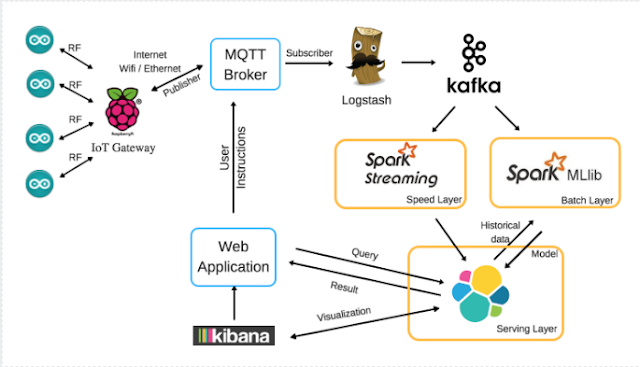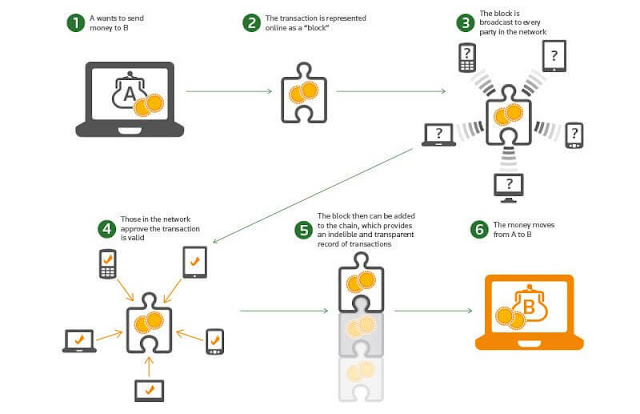Leverage Analytics to Win the IOT Game
This article gives an overarching
understanding and some strategies to make a foray in the propitious IoT and
enabled analytics & consulting services industry. It is the first
instalment of the series of blogs we would be publishing on IoT in the recent
future.
IoT Analytics: Scope and Applications
Ever since its inception, IoT has
been transforming the way day-to-day tasks are being completed, businesses are
being run and services are being provided. The effect of IoT is so pervasive
that it has given rise to terms like
Cloud Capitalism and Cloud Economy, probably referring to staggering projected
size of $100 trillion for digital economy, the scale and grandeur earlier
reserved exclusively for oil industry. Unless you are living under a rock,
chances are there that you have heard and probably used some of the IoT
consumer devices like Amazon Echo, Google Home, Logitech Pop, NestCam, Ring
which lash you with comforts like digital concierge, smart button control and
safety and smart temperature control.
Given the wide range of
applications of IoT in the enterprise set-ups as-well-as ample opportunities to
create consumer electronic goods based on IoT, the sky is the limit. IoT is going
to give rise to a $250 billion industry out of which services, analytics and
application development would account for more than 60%.
Every opportunity comes with an
imminent threat of squandering it. Same is true with IoT. If the upstream and
downstream technologies required to harness the power of IoT is not learnt and
used, the ultimate potential of IoT wouldn't be realized.
Pre-requisite
The problem solving on IoT
use-cases requires a holistic skill-set including but not limited to the
following: i) tech stacks needed to deploy IoT systems, ii) store/stream the
high frequency data, iii) understanding & implementing predictive analytics
algorithms, iv) understanding the business use cases involving IoT to deliver
the maximum impact.
The technology stack required to
successfully execute an IoT Analytics project includes the following among
other things:
1)
Enterprise tools – expertise with
applications like IBM Watson IoT platform, Azure IoT suite
2)
Allied
tools – expertise with R, Python and other open sourced tools to build and
deploy custom algorithms
3)
Databases
– expertise with NoSQL databases like Cassandra, MongoDB, Oracle NoSQL, PI
Historian Time Series database, Splunk, OpenTSdb etc. which are amenable to
storing IoT kind of data
There are two service lines or
career paths an organization or an individual can tread onto to make the most
of the IoT revolution
1)
Data Science
& Consulting – a team of data scientists who have implemented the algorithms like SVM, Neural Networks, Shapelets, Random Forests and consultants
who understand and take keen interest in your business.
2)
Product
development – product development acts like an essential ligand which connects all the complex maths and tech in the background to the fingertips of
the end- user. That’s why we have a dedicated team of developers who would bring
any application to the user in a jiffy.
Scope
An organization taking up IoT
Analytics offerings could i) develop new numerical methods or customize the
existing ones to enhance performance, ii)scout for new enterprise and consumer
problems which can be solved through IoT, iii) develop plug-and-play API either
through leveraging the existing IoT tools or creating standalones and iv)
create a knowledge base for using existing IoT tools.
In terms of tech infrastructure, the
offerings and research in IoT Analytics can be categorized in the following
verticals:
|
Item
|
Description
|
|
Security
|
Encrypt data to avoid misuse,
stratgeies for fault-tolerance
|
|
Platform
|
A platform to develop and deploy your IoT application
|
|
Cloud
|
Extend the reach, processing power
etc. of IoT application
|
|
Data
|
Stream/Store high frequency data
|
|
Analytics
|
Gather real-time insights, give
predictive and cognitive power to applications
|
Case Study
At Noah Data, we have delivered several
projects for enterprise clients wherein we have:
i) Case1
- Helped an automotive client set-up big-data infrastructure for real-time data
streaming and processing and performed analytics based on past trips for a
connected car application
ii) Case2
– developed the data infrastructure to handle IoT data coming from sensors
installed to look after the health of electrical submergible pumps(ESP) and a
Time-to-Failure model to predict in advance as to when a pump would fail
reducing a lot of downtime and repair cost.
The analytics & tool development involved the
following steps:
Step 1 –
ingestion of time-series IoT data from ESP sensors to NoSQL database
Step 2 –
implementing Shapelet algorithm to predict Time-to-Failure
Step 3 –
automating push notifications about failures to stakeholders
Step 4 – creating
a user interface to monitor and manage the entire process
These experiences exposed us to
the bountiful world of IoT and positive feedback we received from our clients
encouraged us to explore further and transform it as one of our core strengths.
Please stay tuned to our blog for
the next instalment of the IoT series wherein we would take a detailed approach
of some of the techniques and algorithms, such as kNN for time-series
classification, we have used to solve some cutting-edge IoT-based industrial
problems.





Comments
Post a Comment